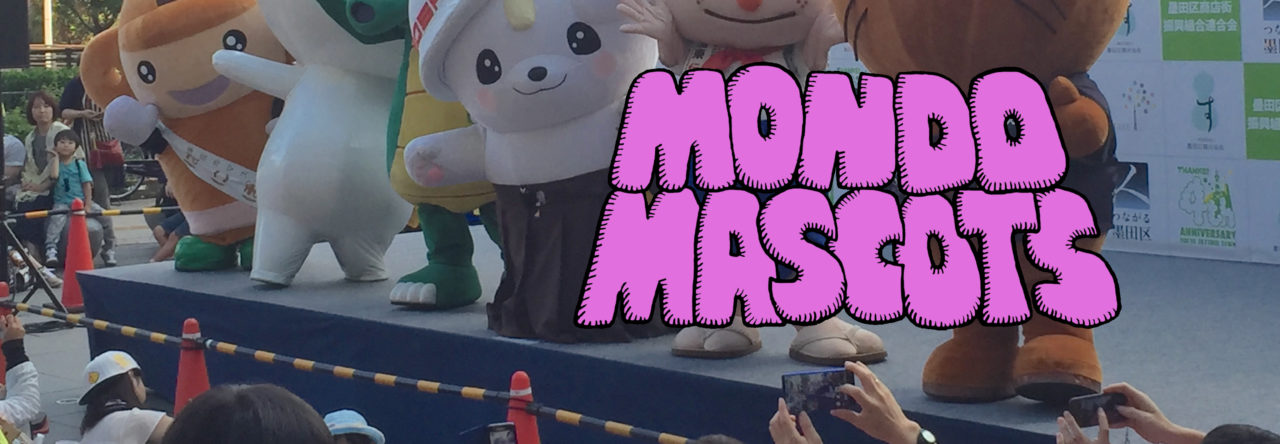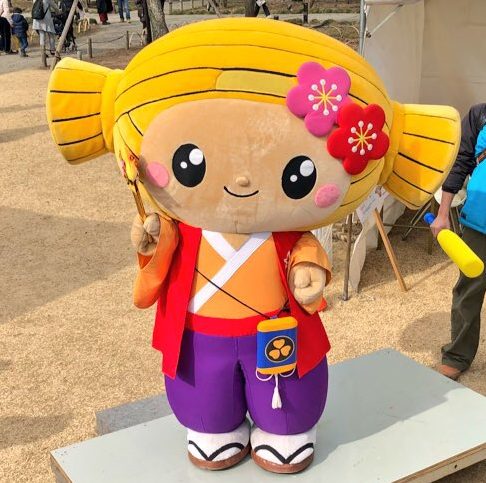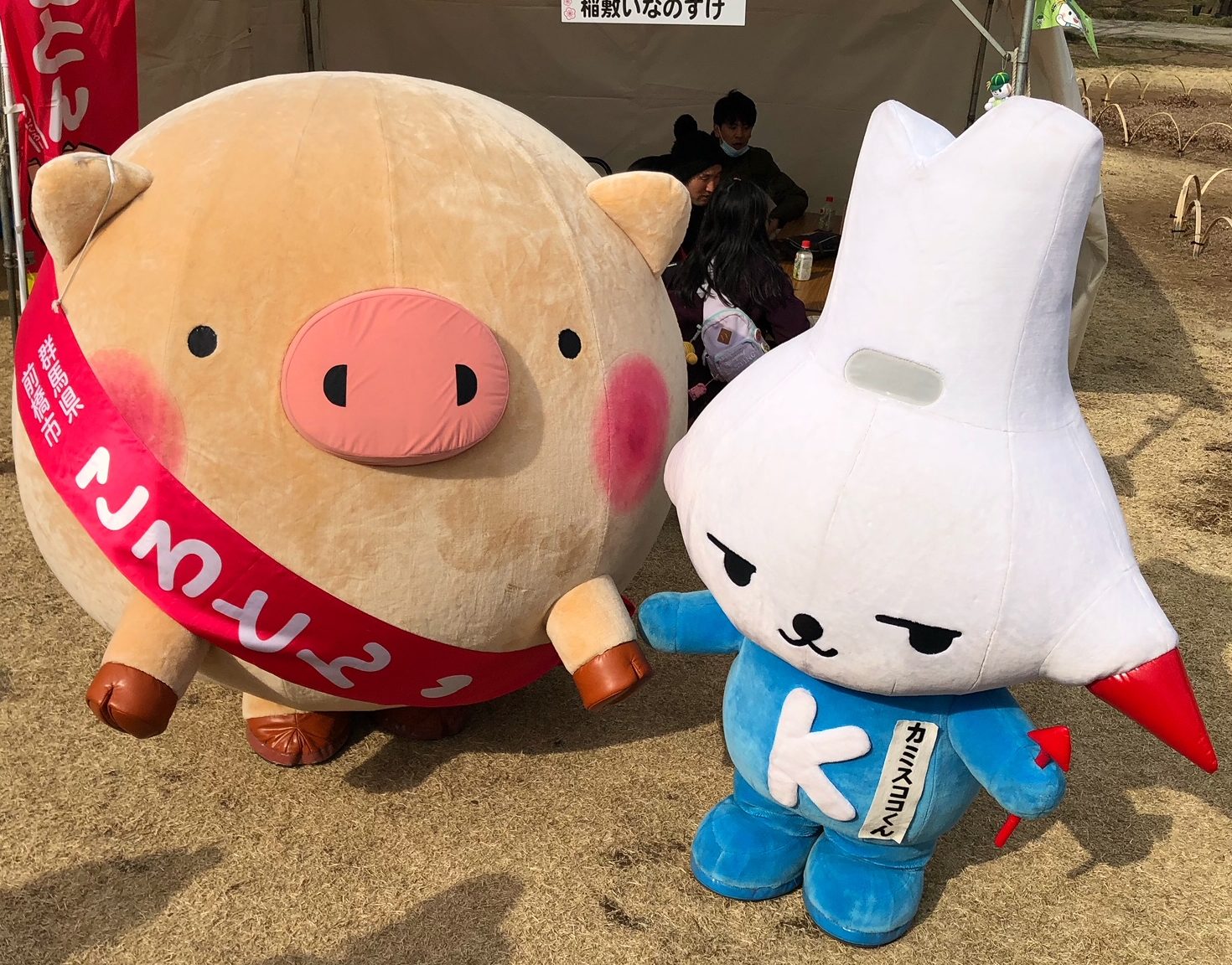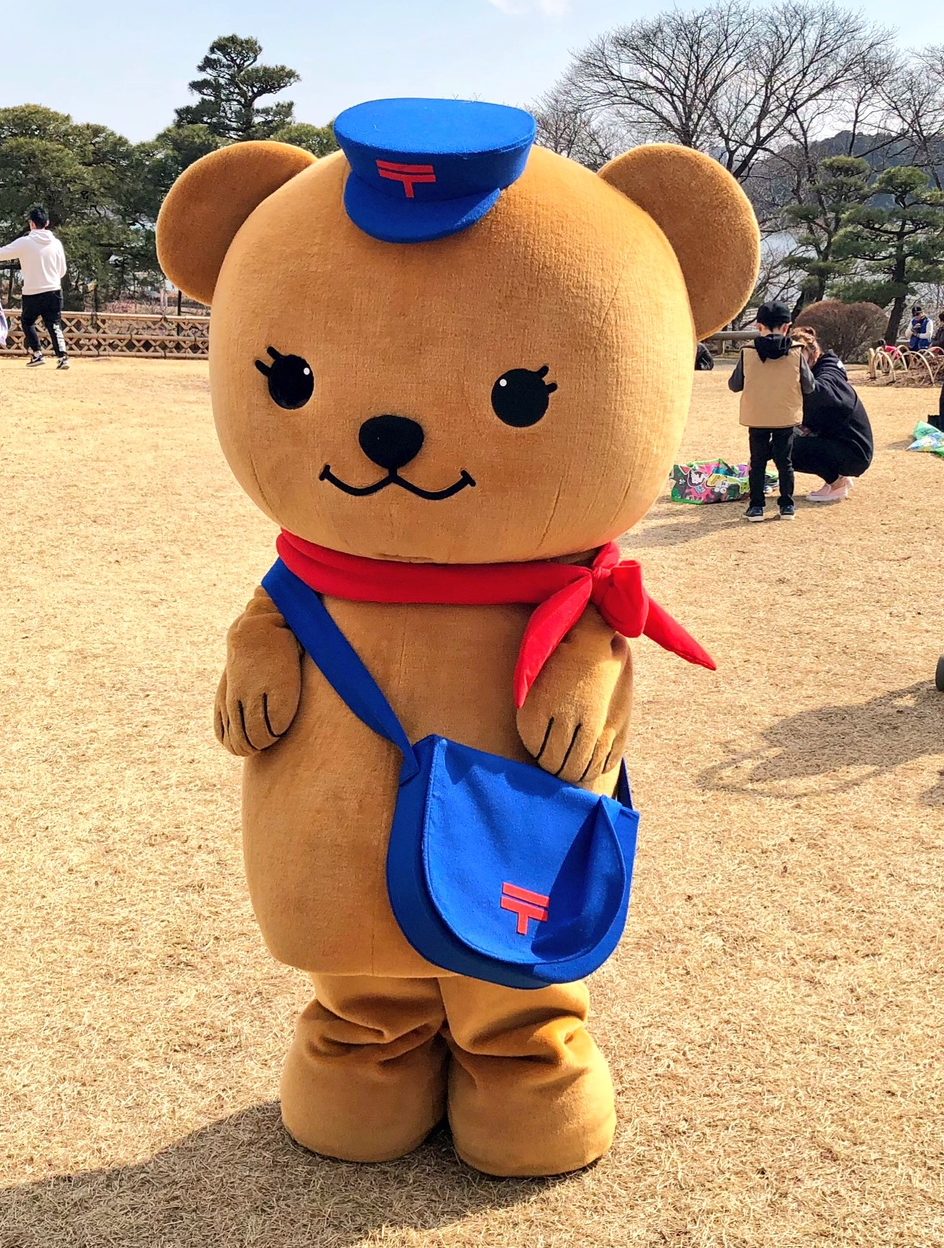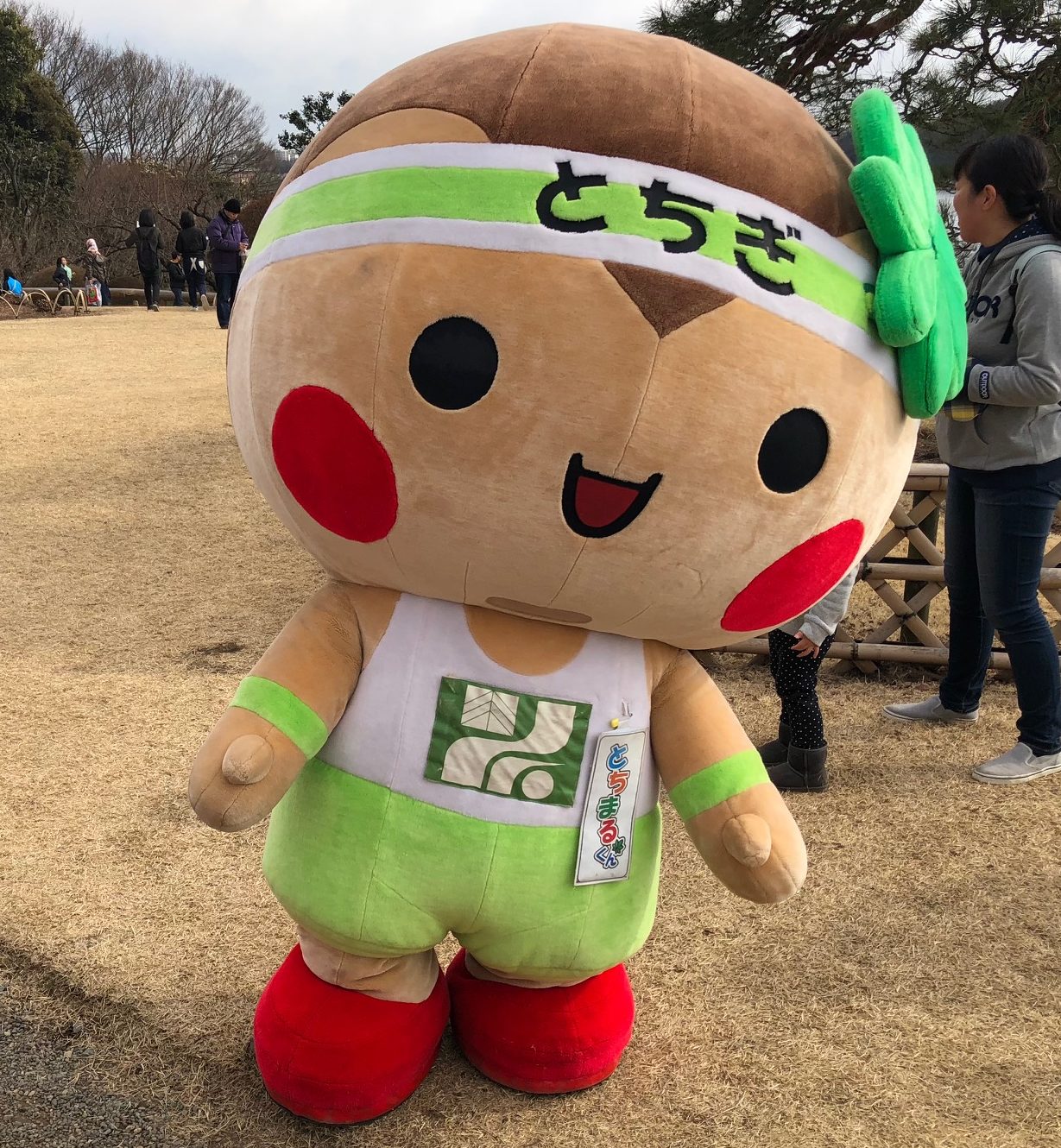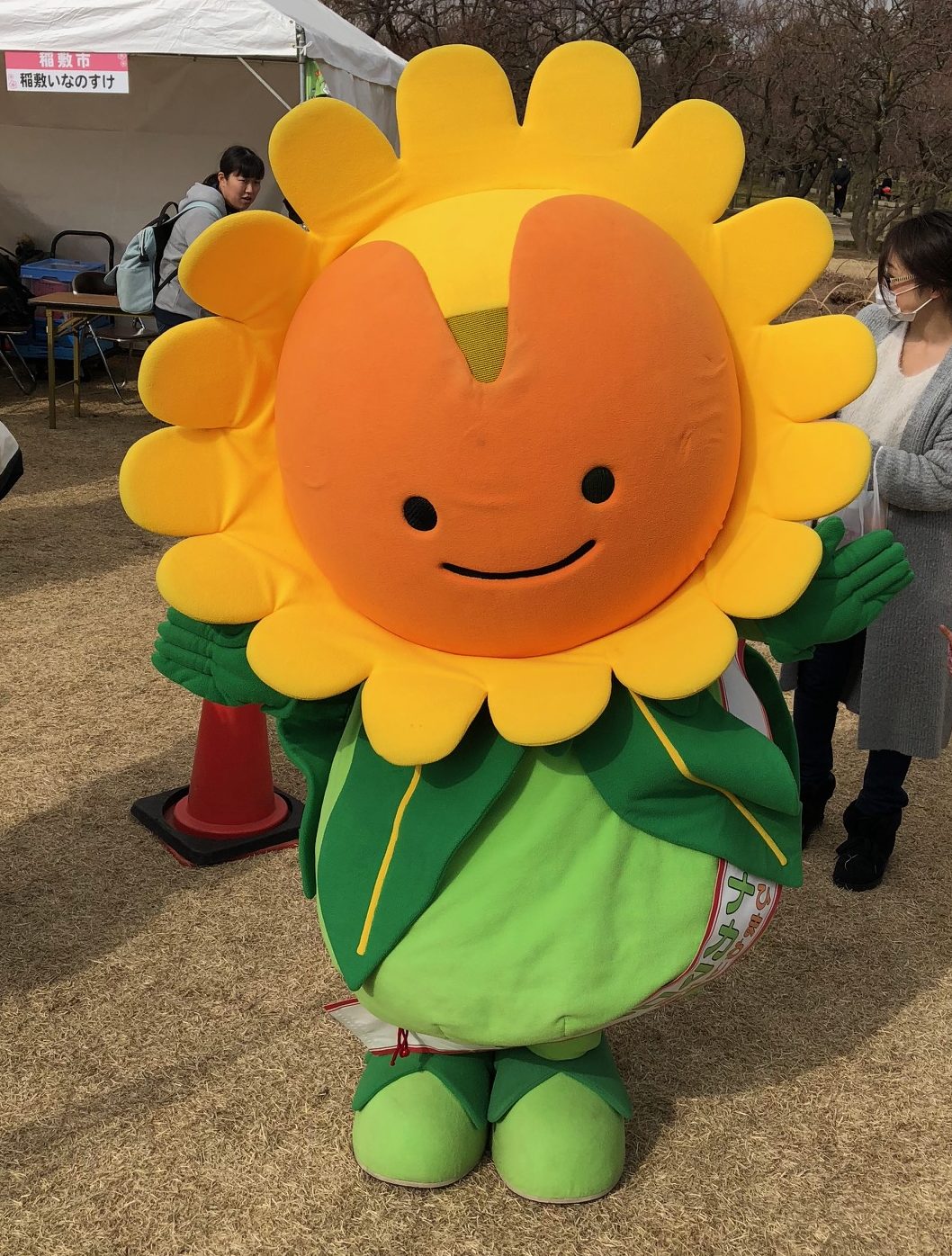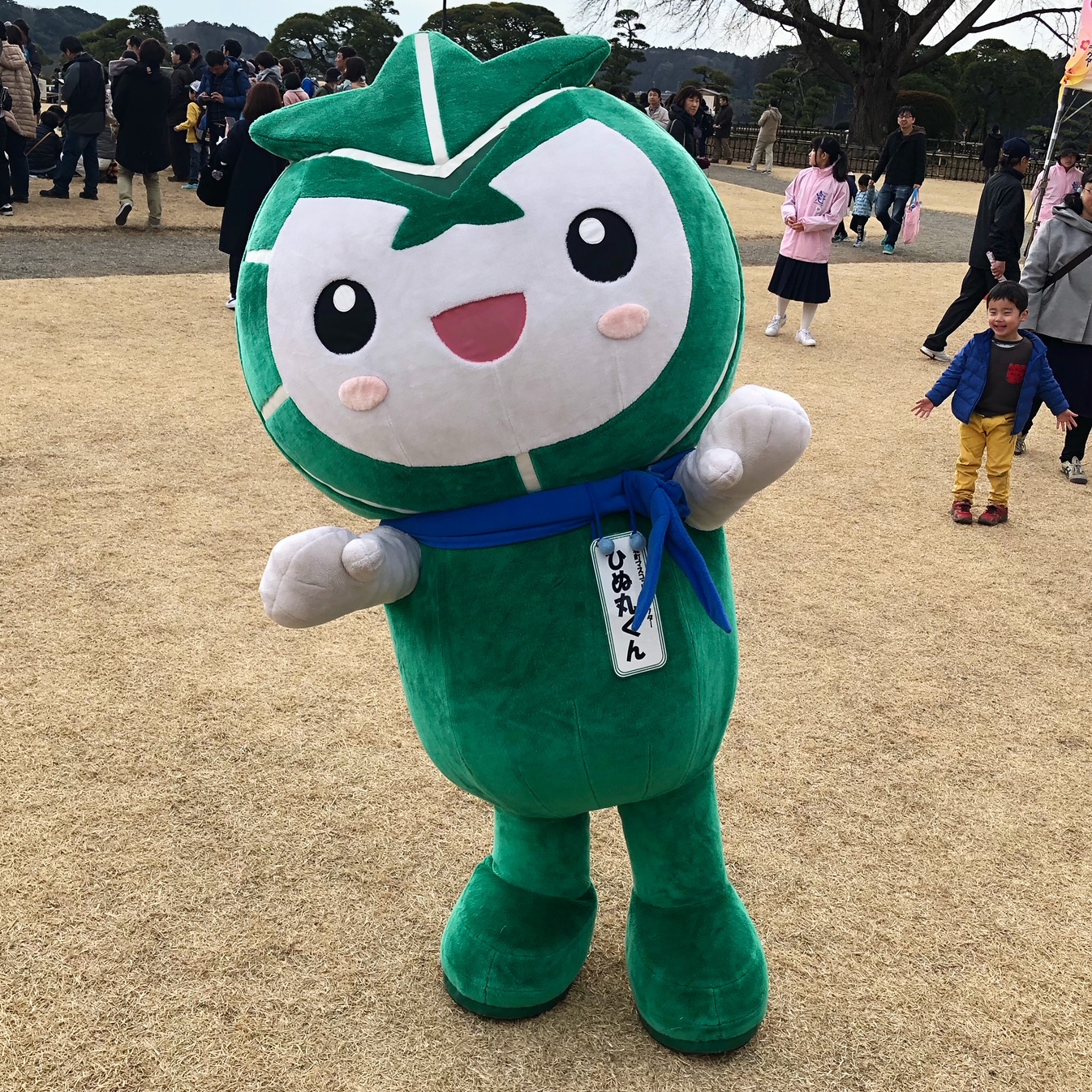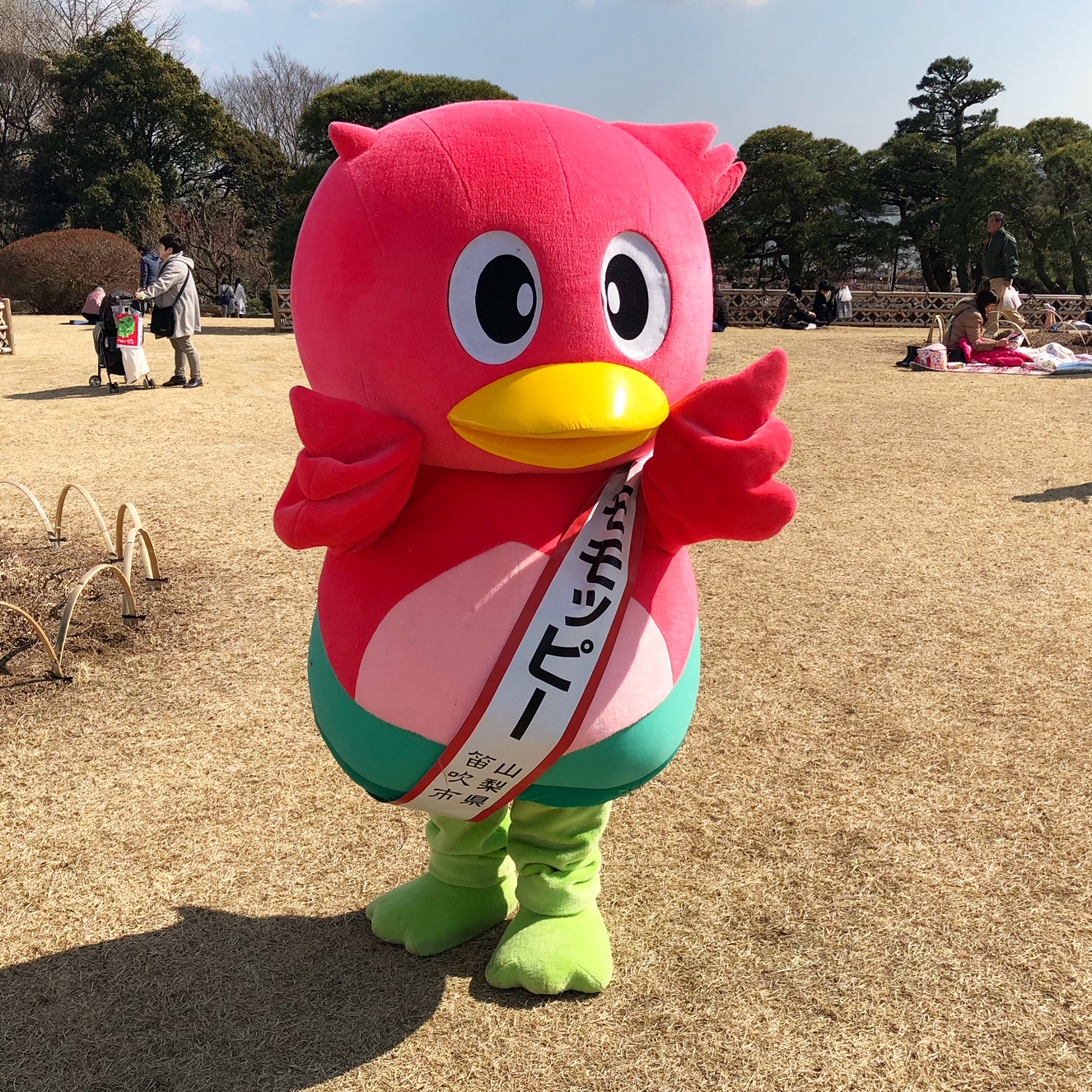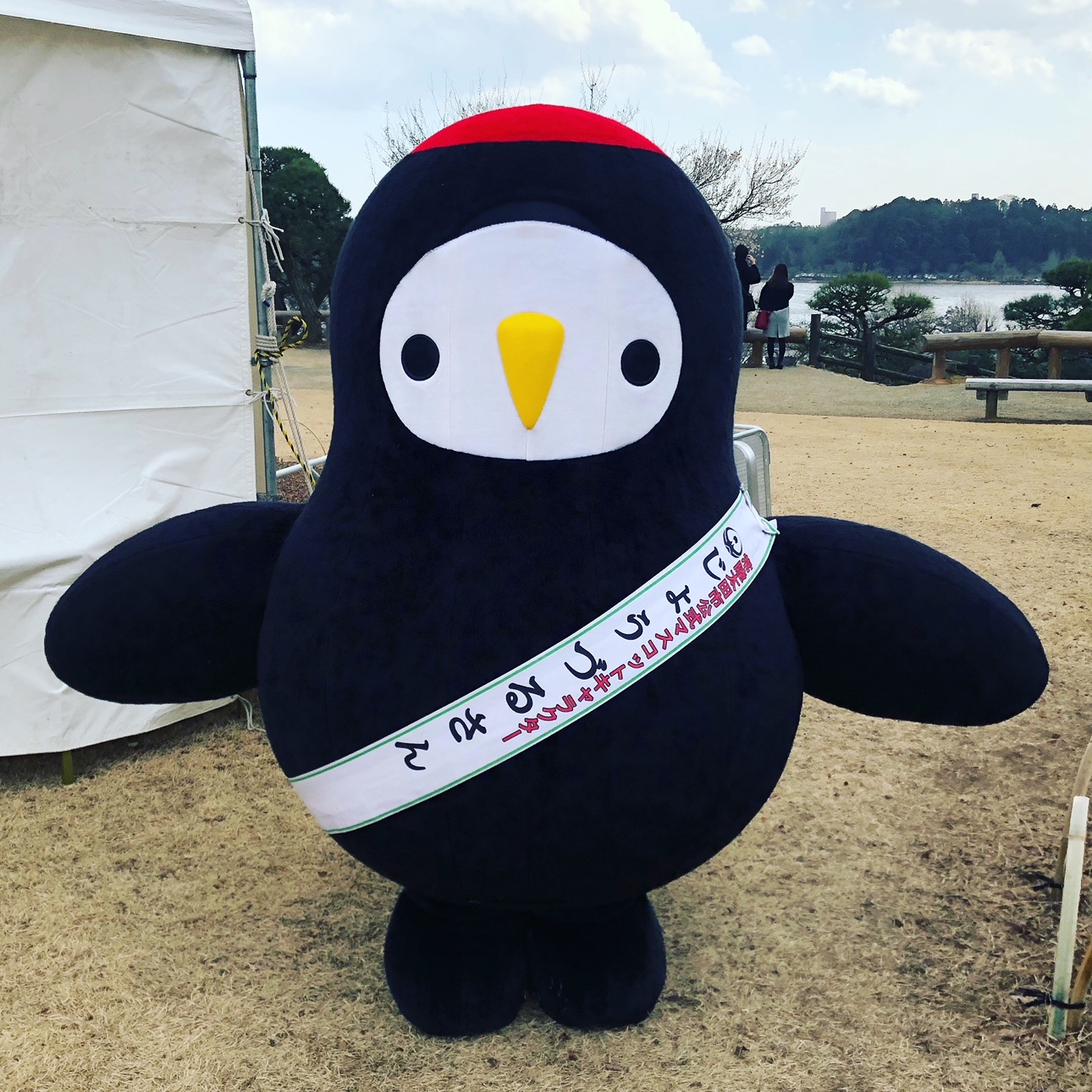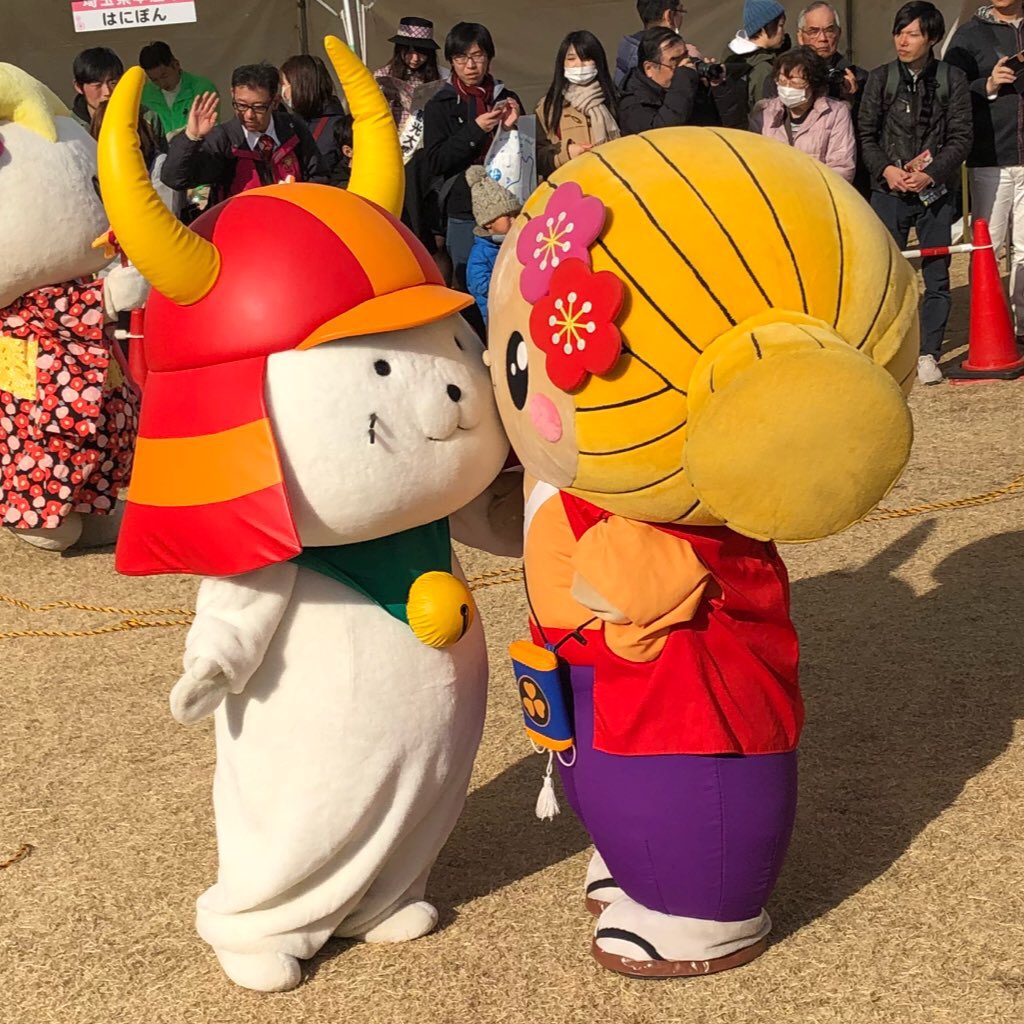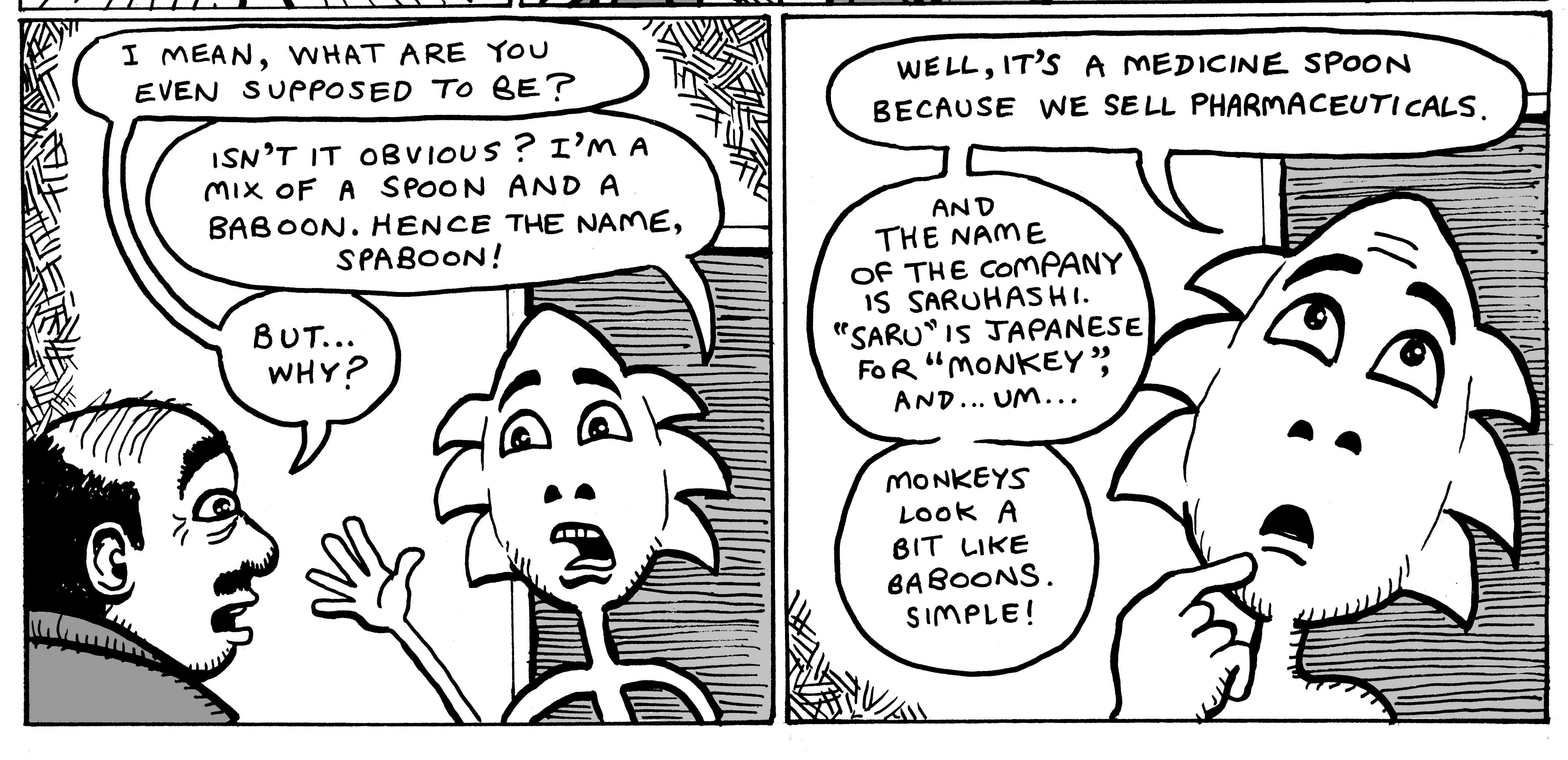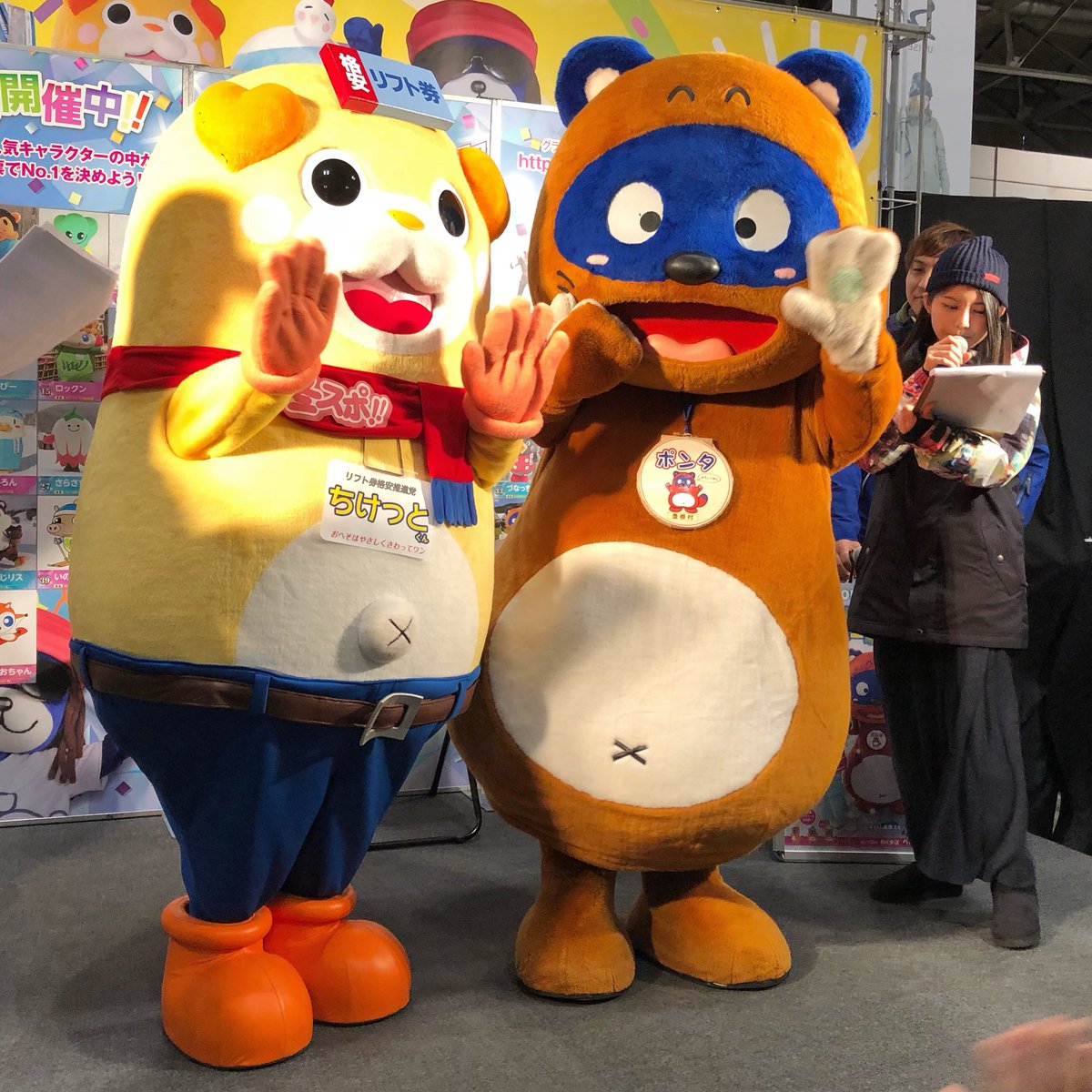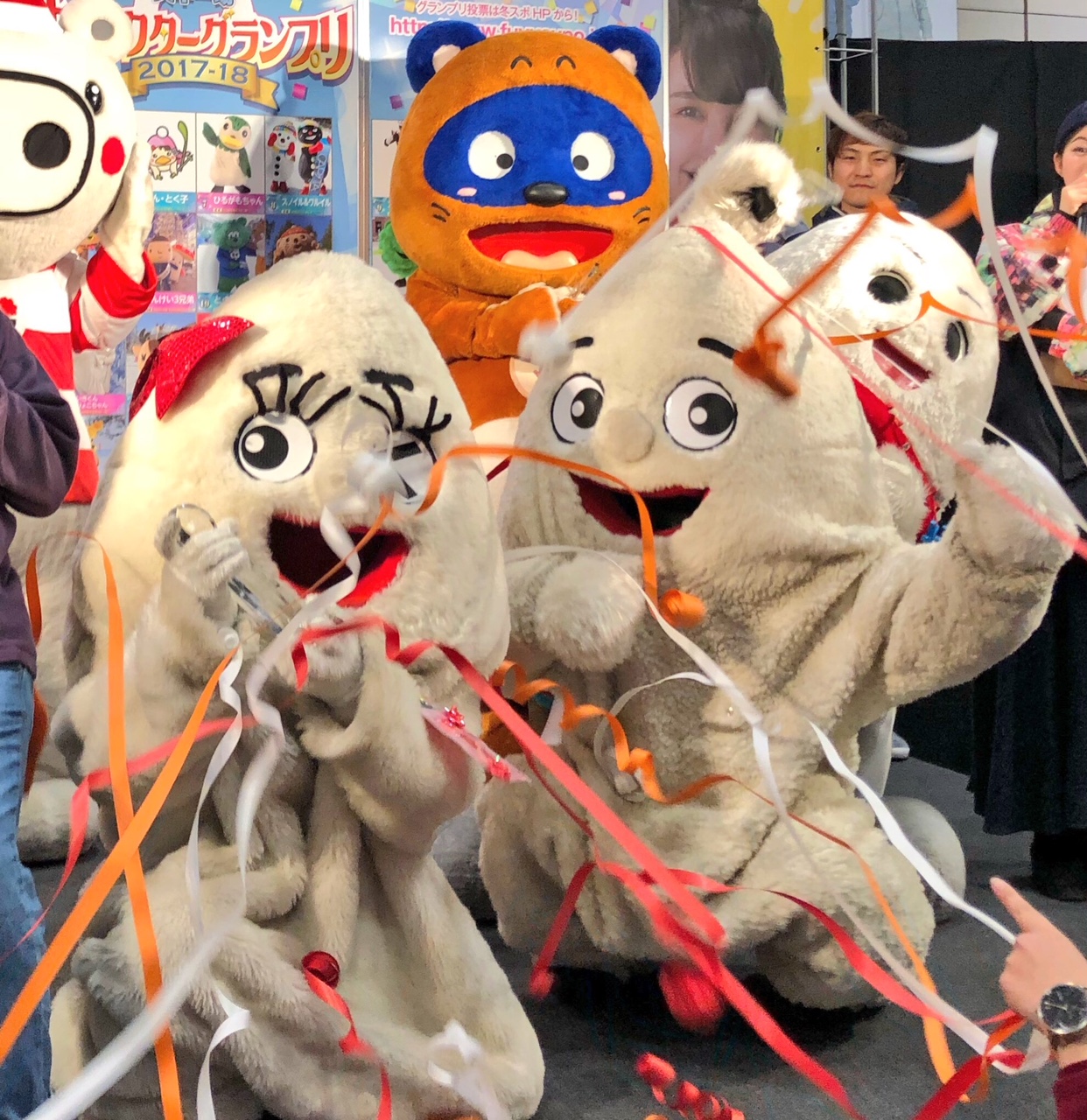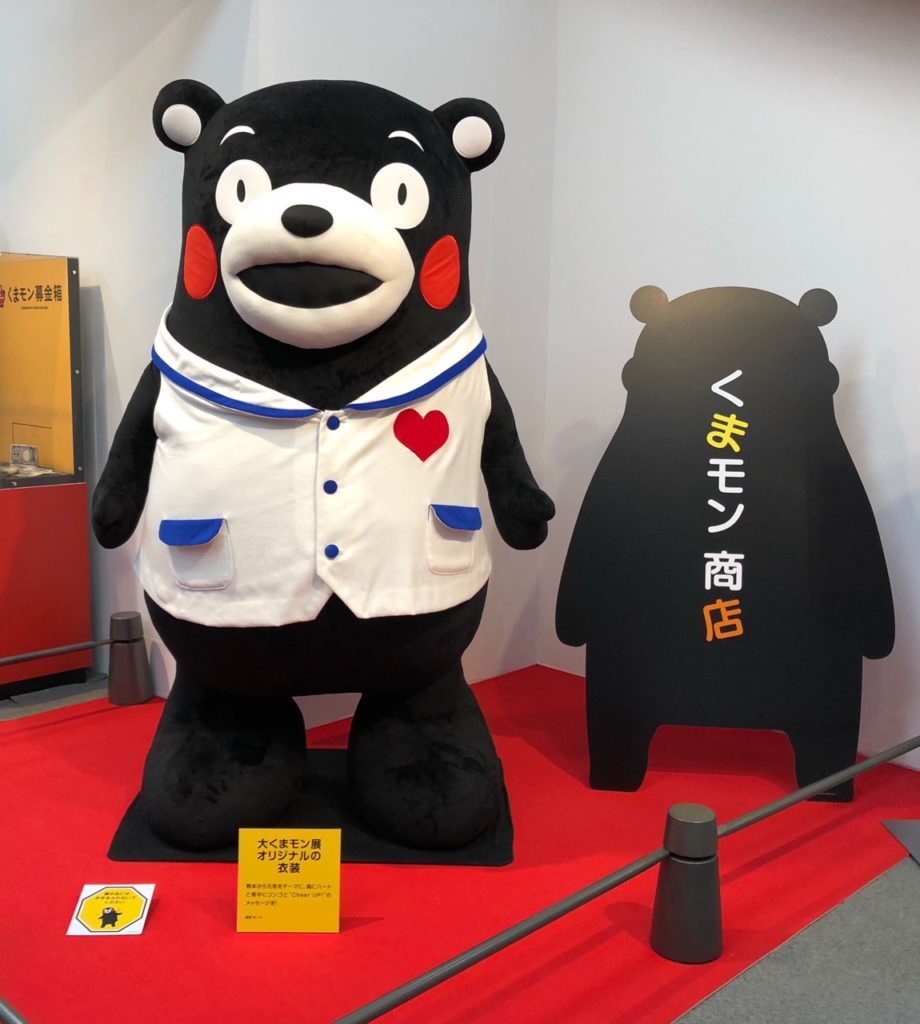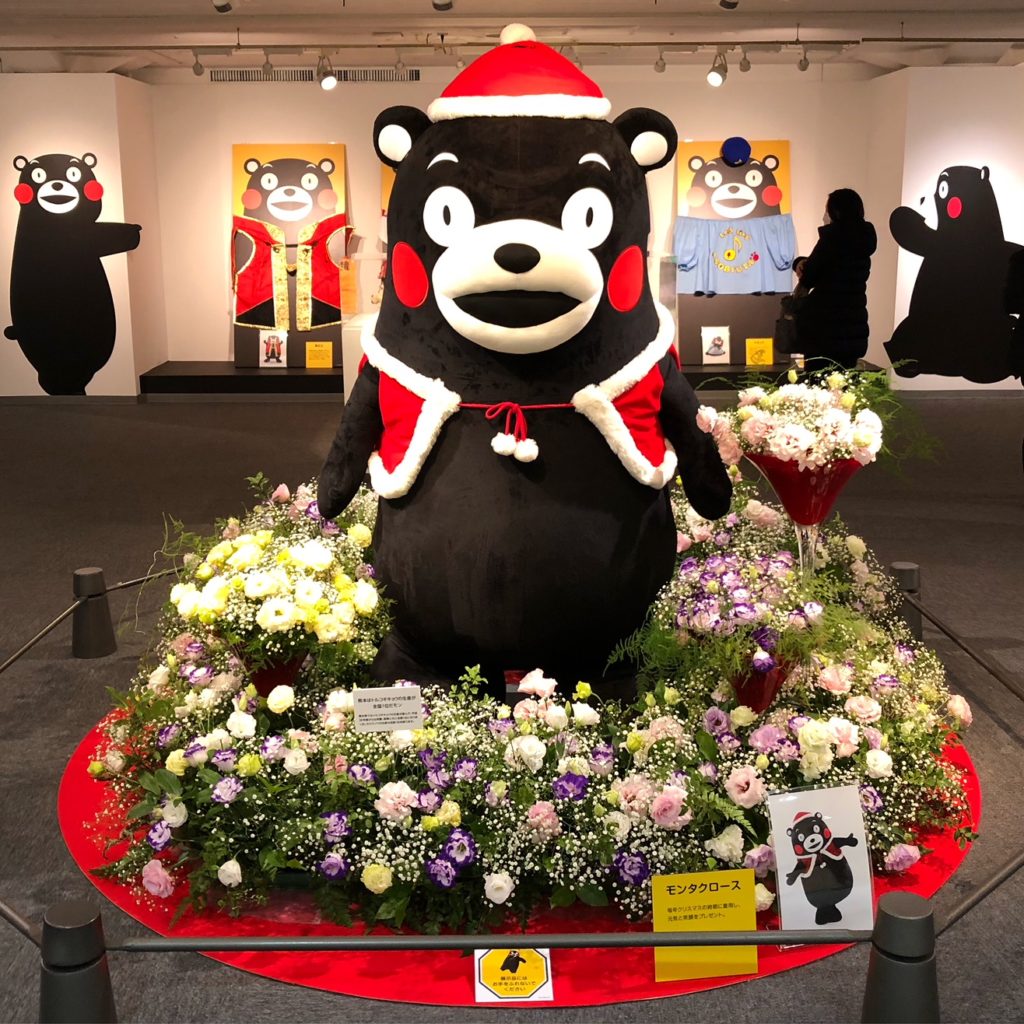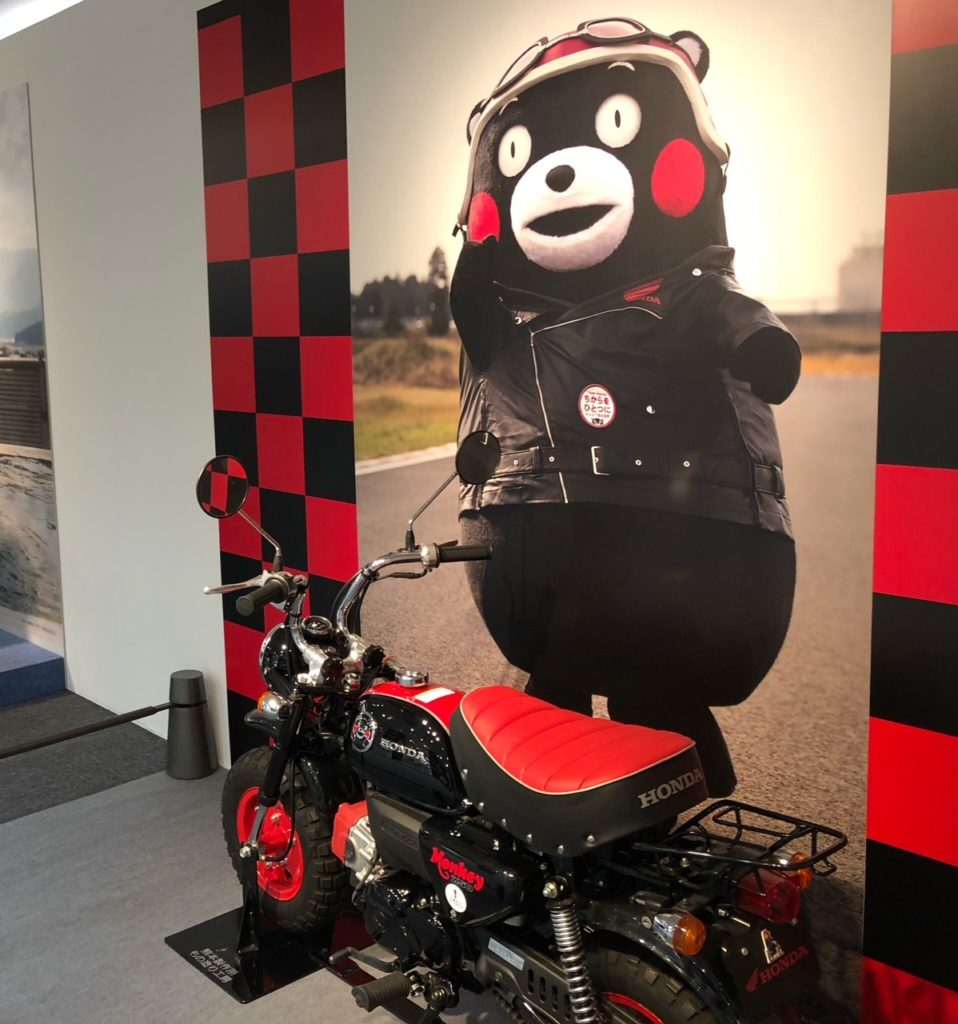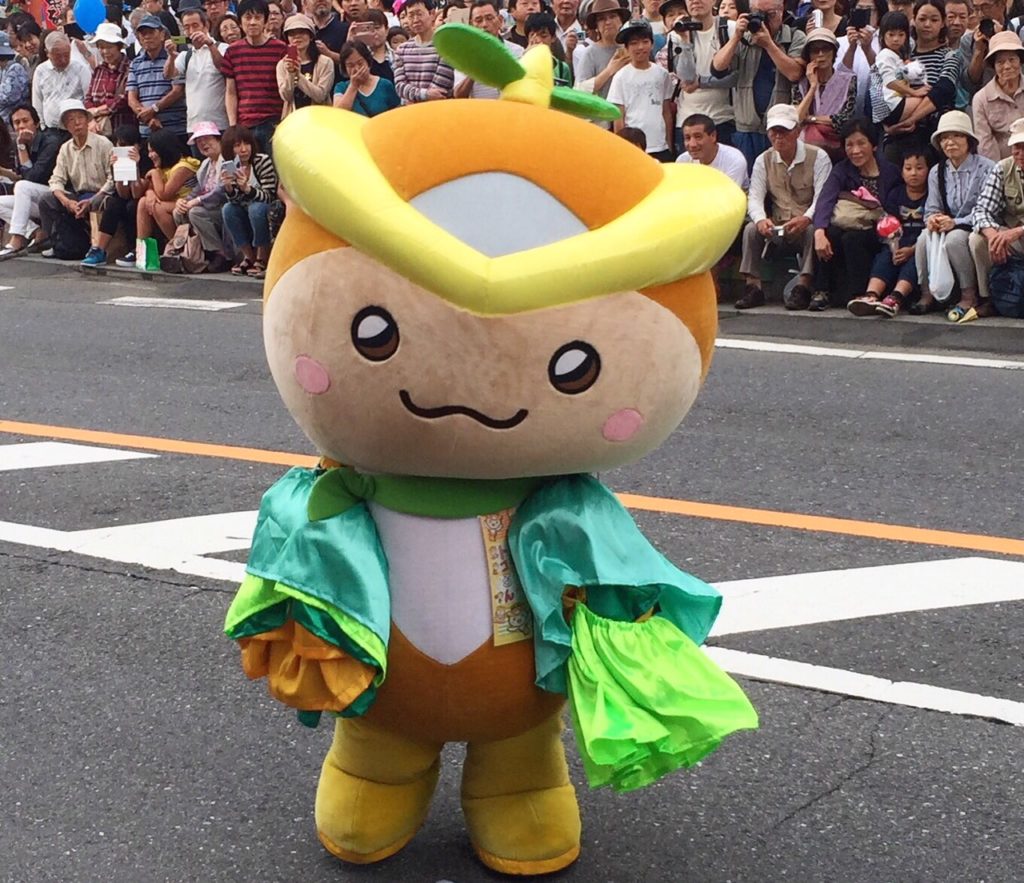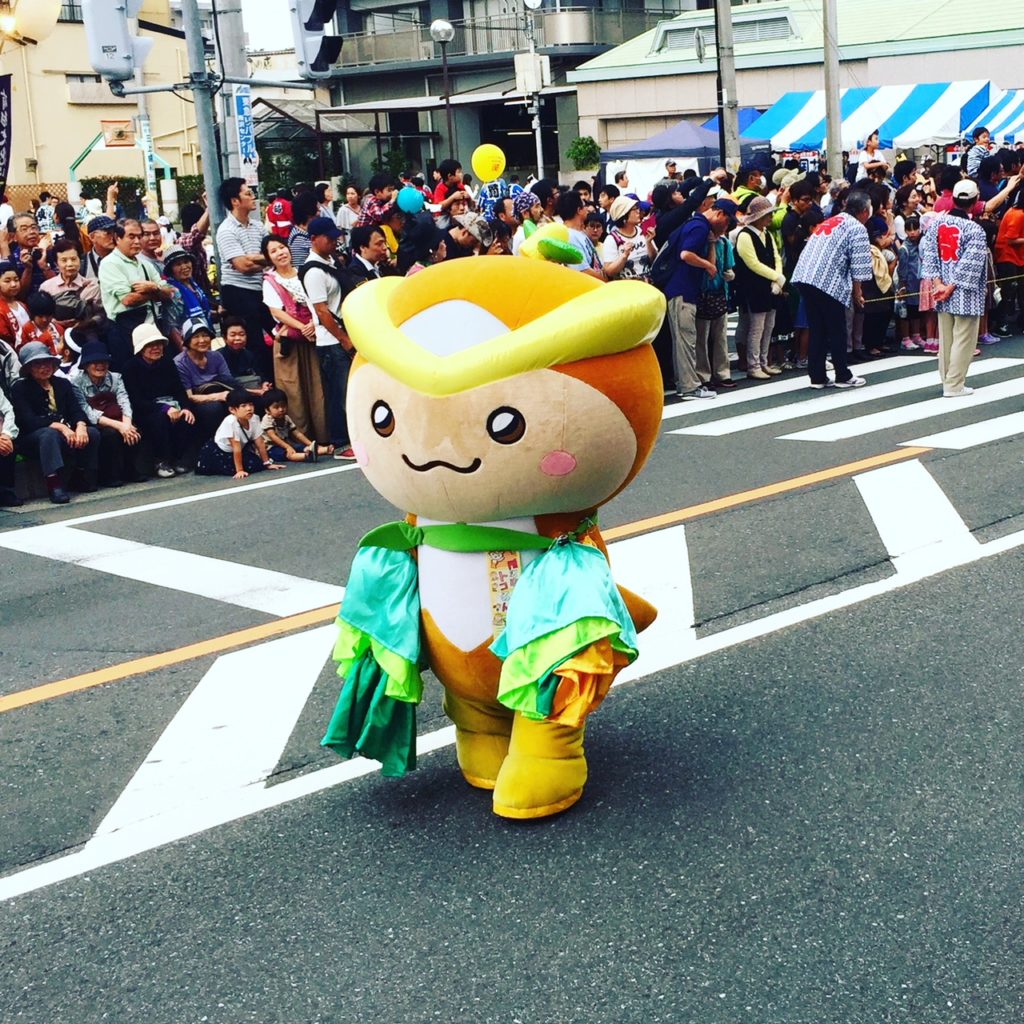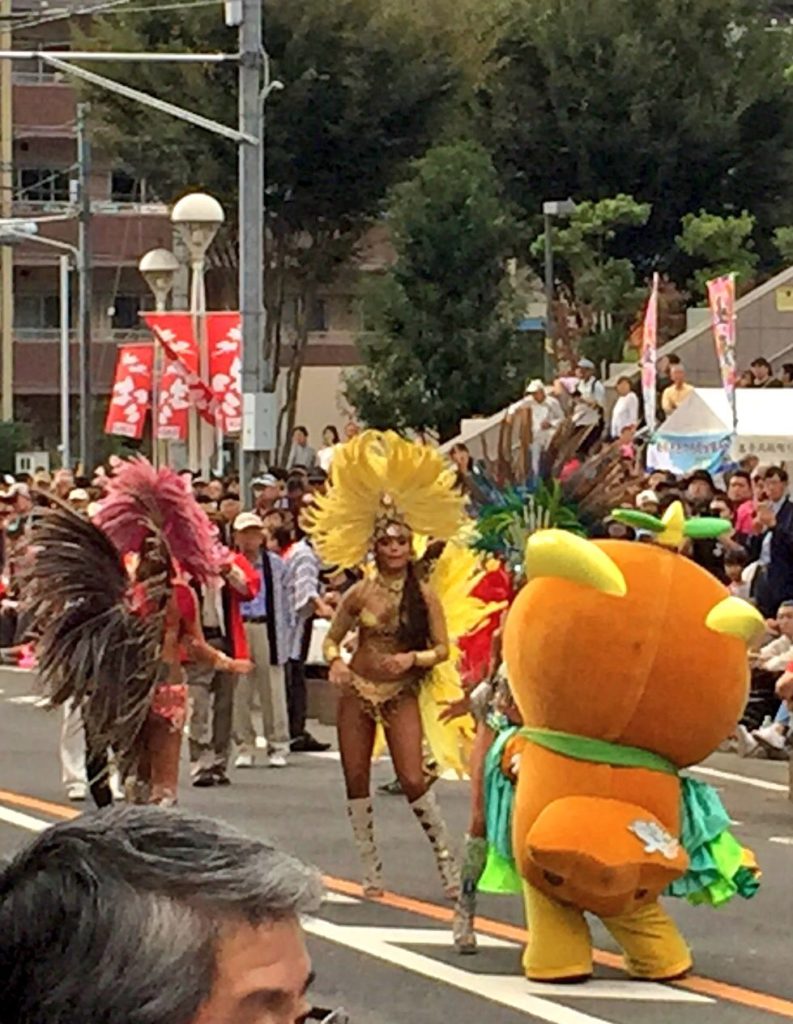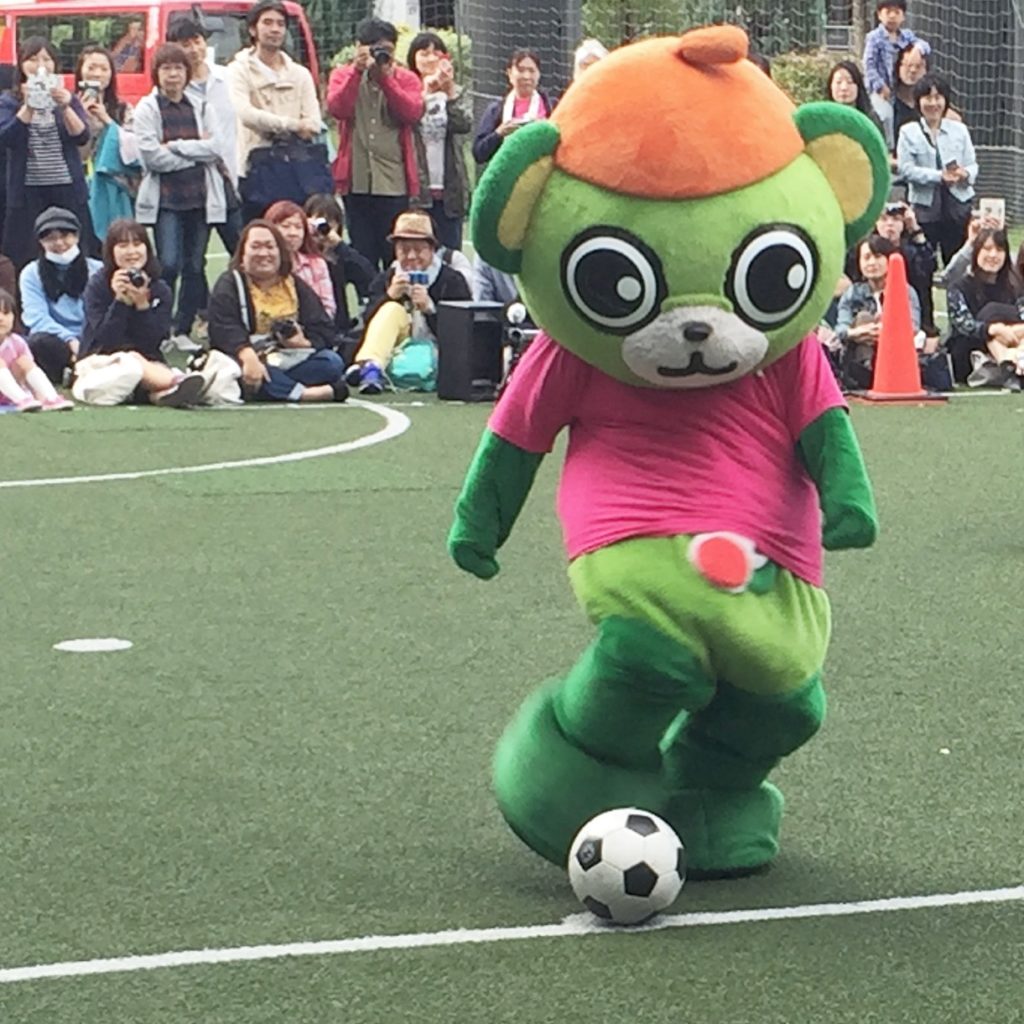
Kobaton, Kanagawa Kintaro, and Chiba-kun
Every May, during Japan’s “Golden Week” holiday, the Kanagawa Prefectural Government Office in Yokohama opens to the public for a few days. The picturesque old brick building (nicknamed “King”) attracts a lot of tourists and, for the past few years, a ton of regional mascots. I went along (to be honest, to see the mascots, not the building), and I took lots of photos.

Atsugi City’s Ayukoro-chan, inside the “King” building.
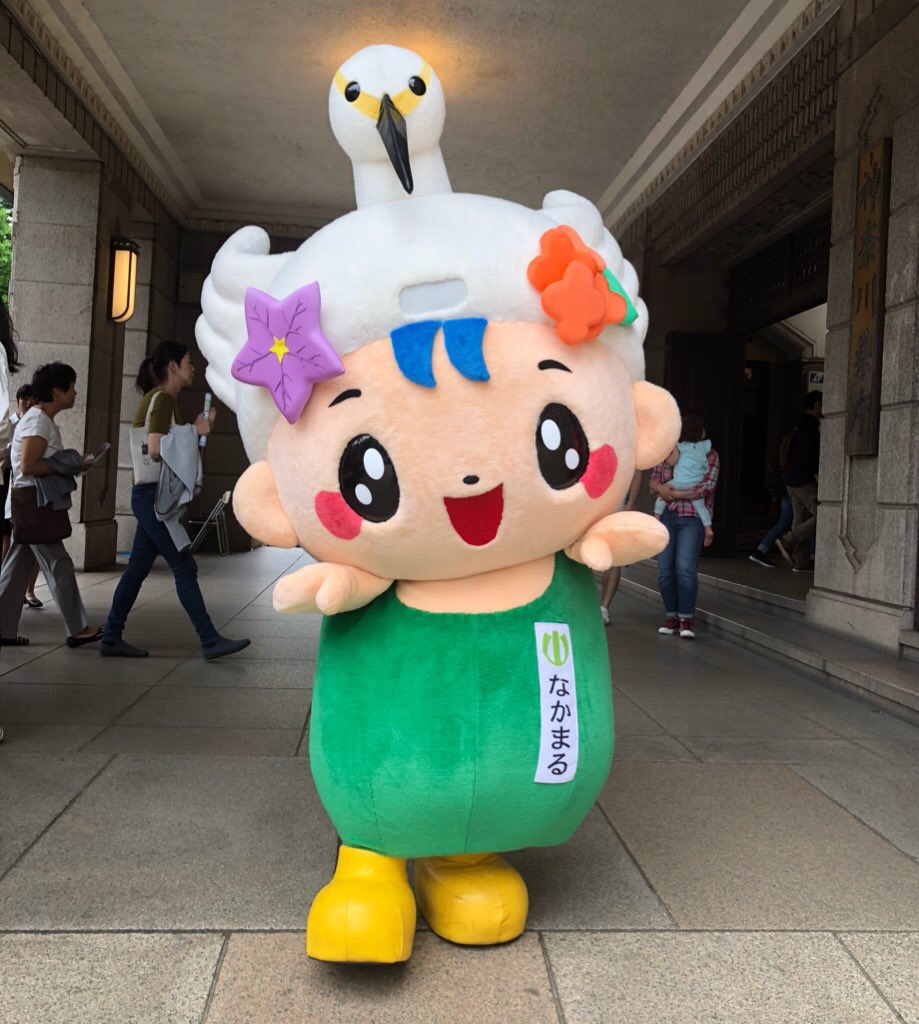
Nakamaru, the mascot of Nakai Town, Kanagawa
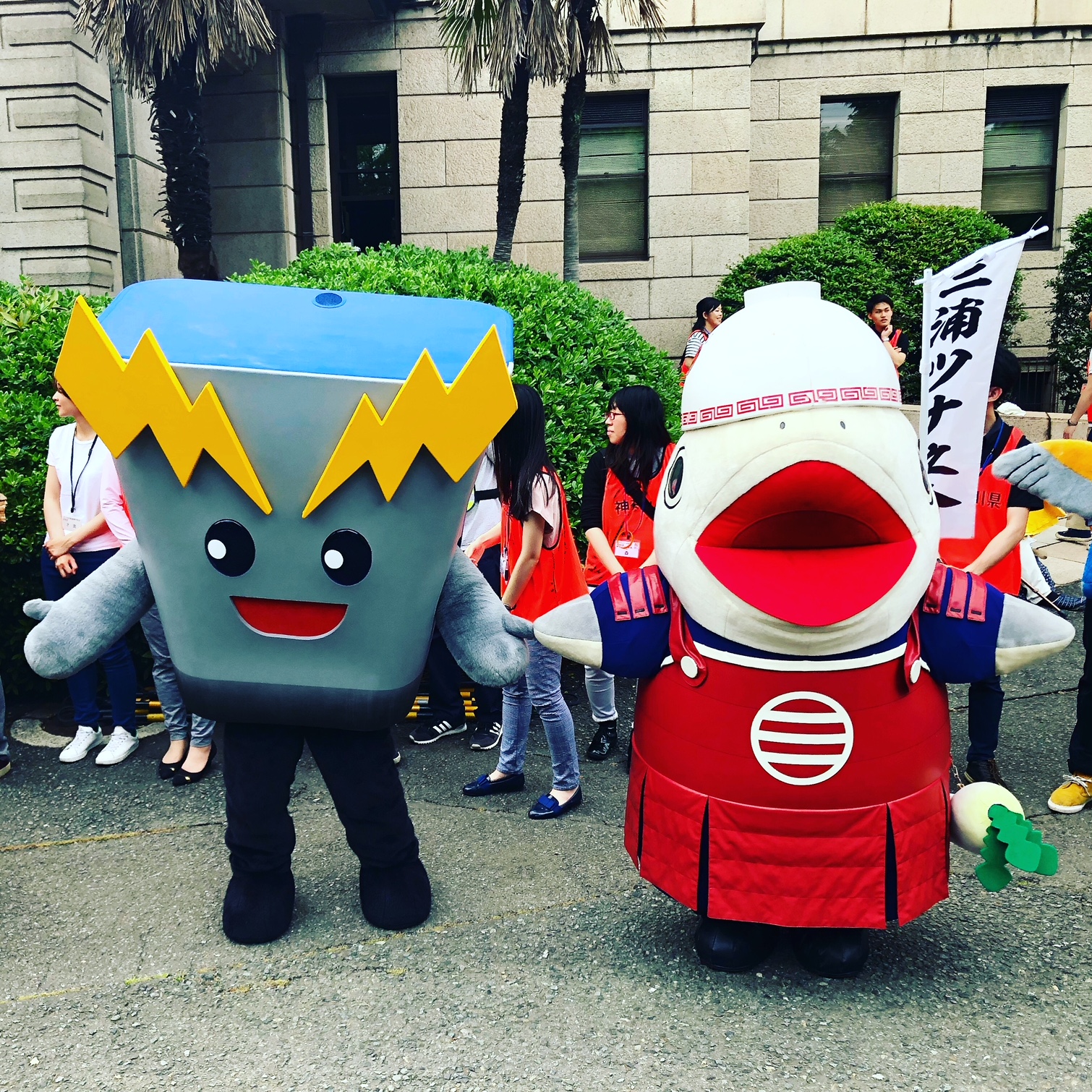
Yokohama’s electricity mascot, Damuereki-kun and Miura Tuna Nanosuke of Miura Chamber of Commerce
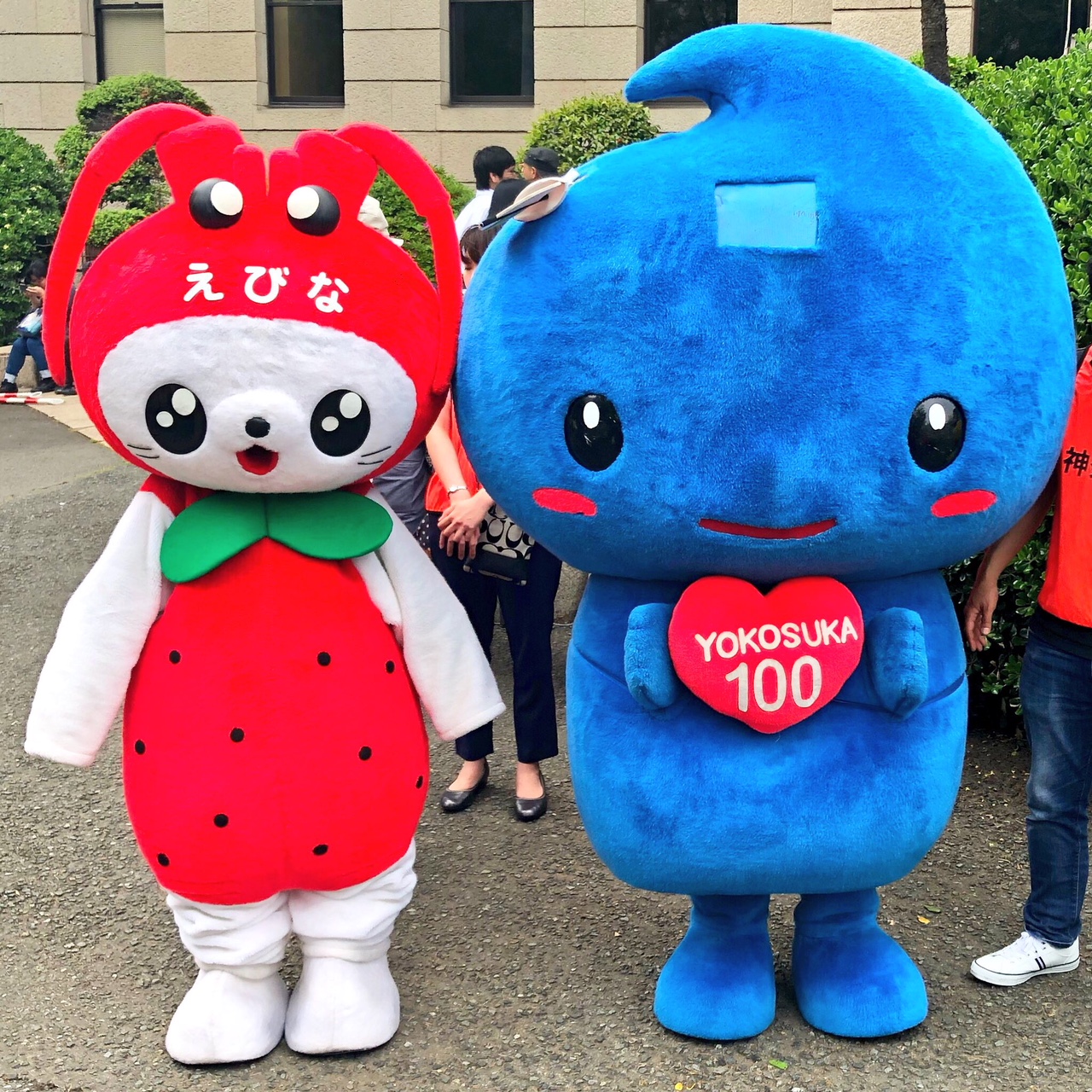
Ebinya from Ebina City, and Sukarin, from Yokosuka City.

Oiso Town mascots, Isobee and Aomo, are birds with rolling ocean waves for hair.
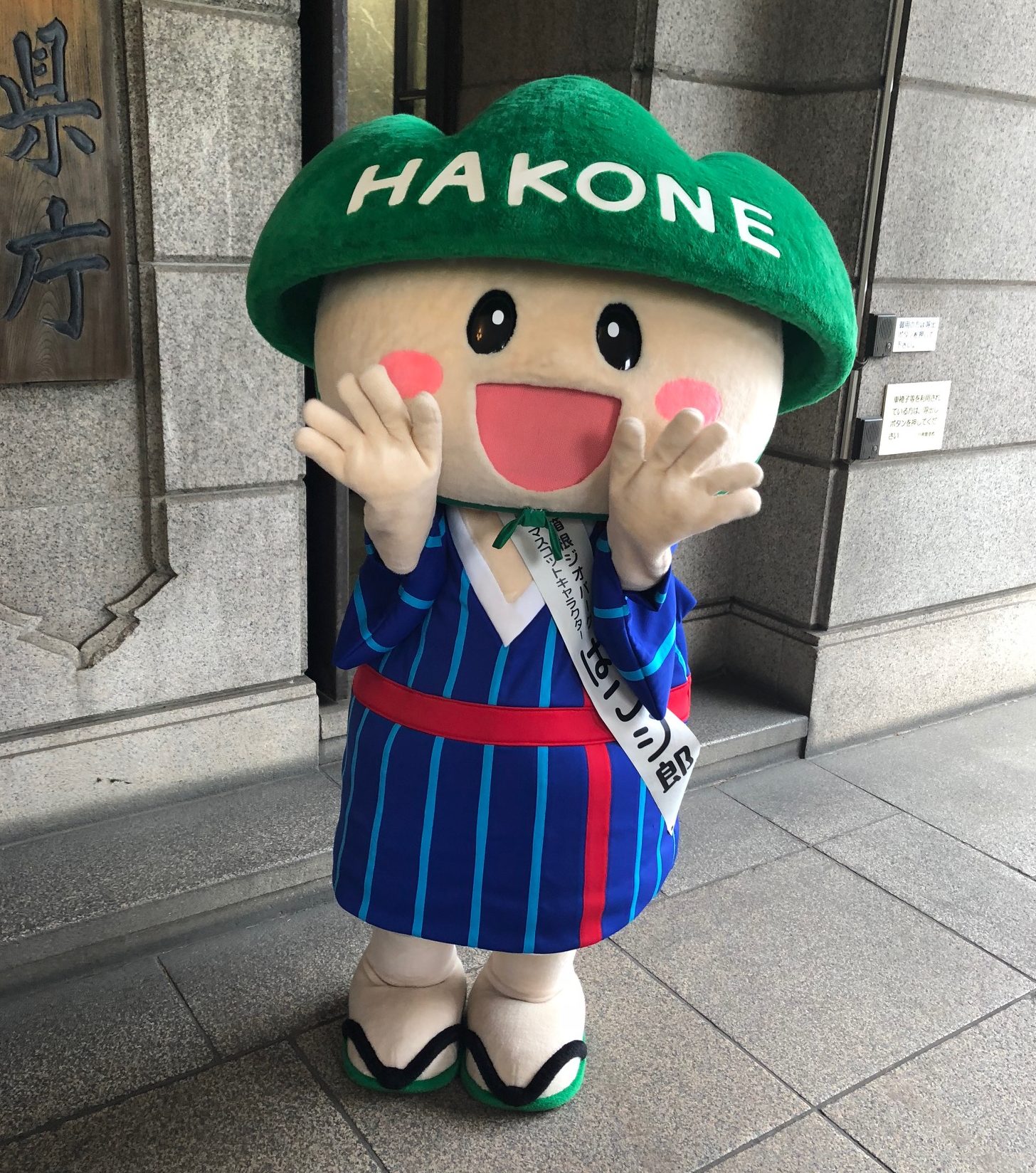
Hakogeo, the mascot of Hakone Geopark

Peririn, from Yokosuka, based on Commodore Perry

Kanyao the cat is the mascot for Kanagawa Prefectural Citizen’s Bureau

Zamarin, of Zama City, and Yamaton, of Yamato City
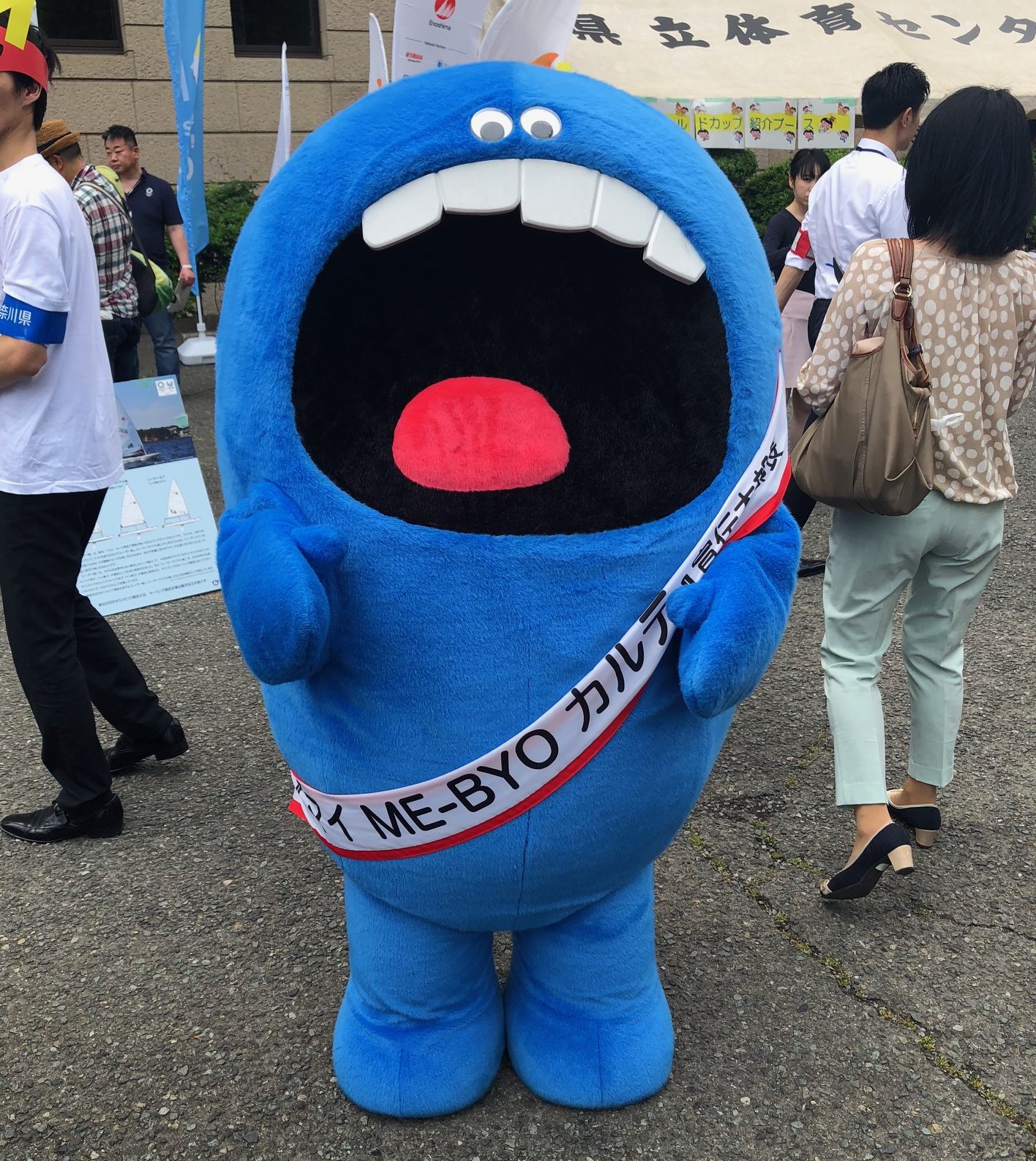
Kanabou
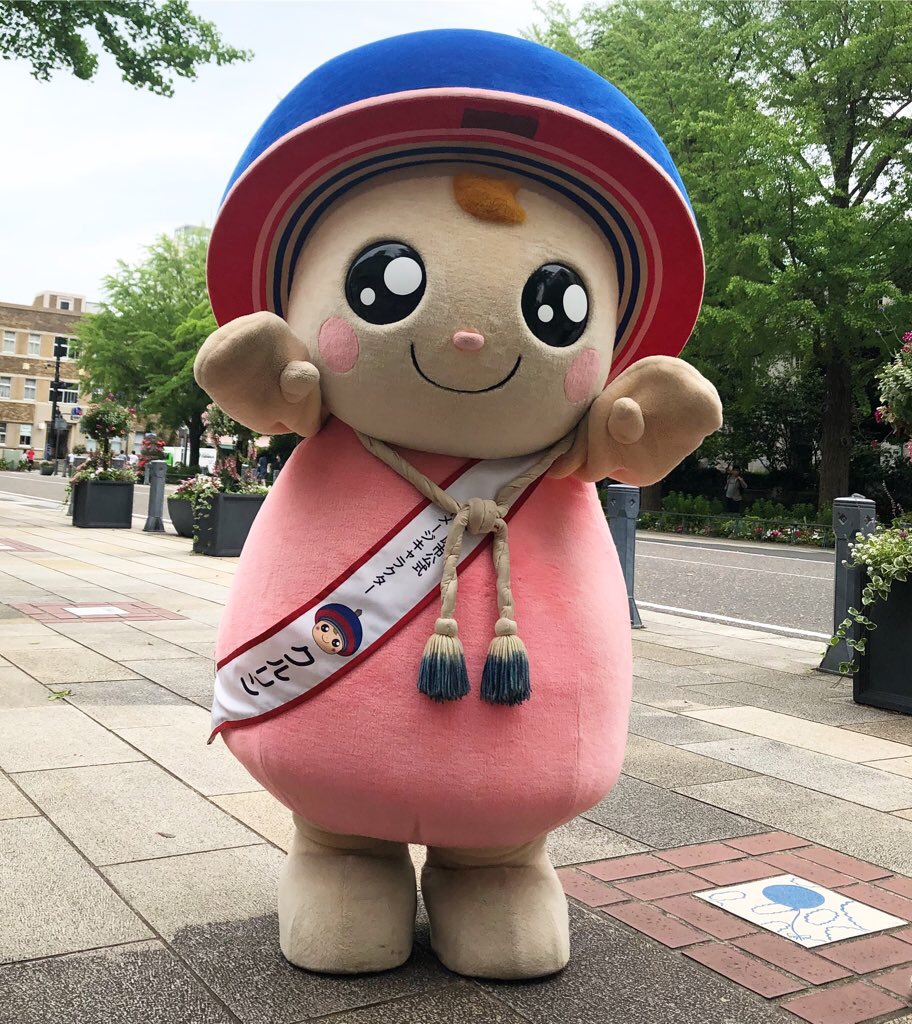
Kururin, mascot of Isehara City
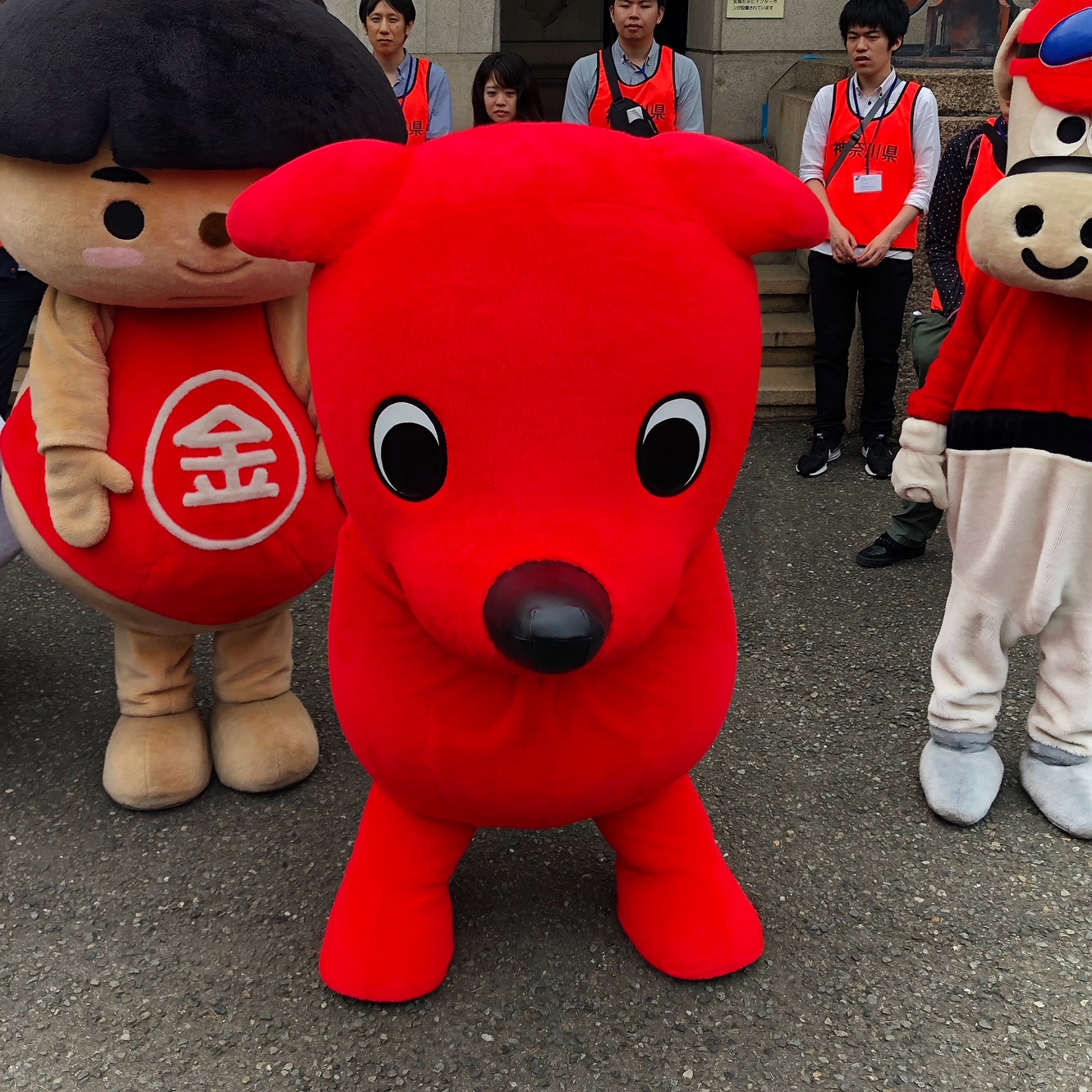
Chiba-kun takes a bow
